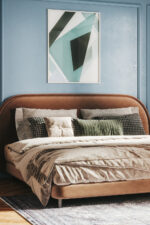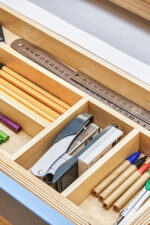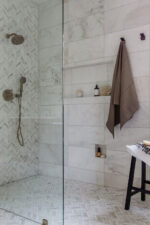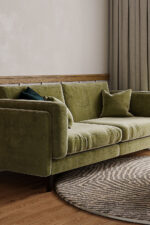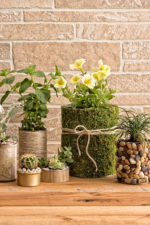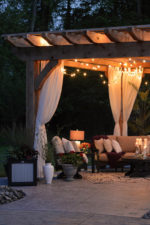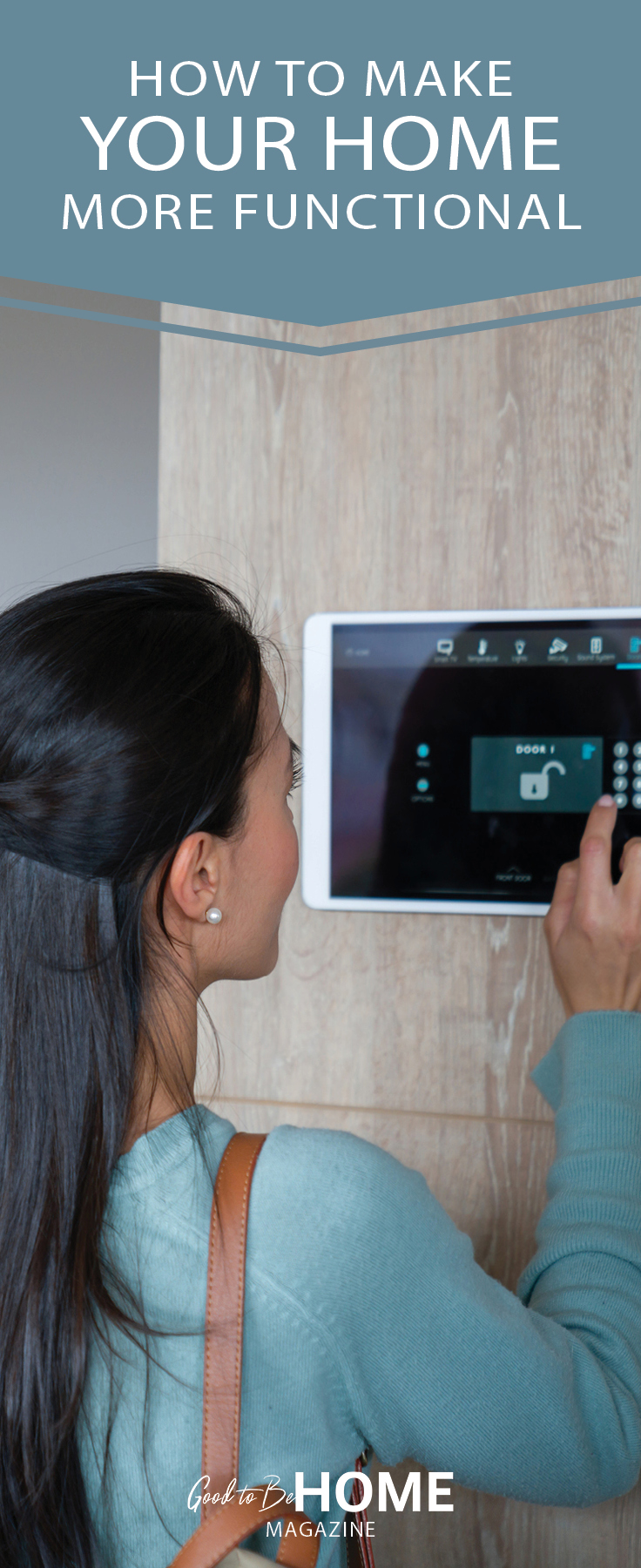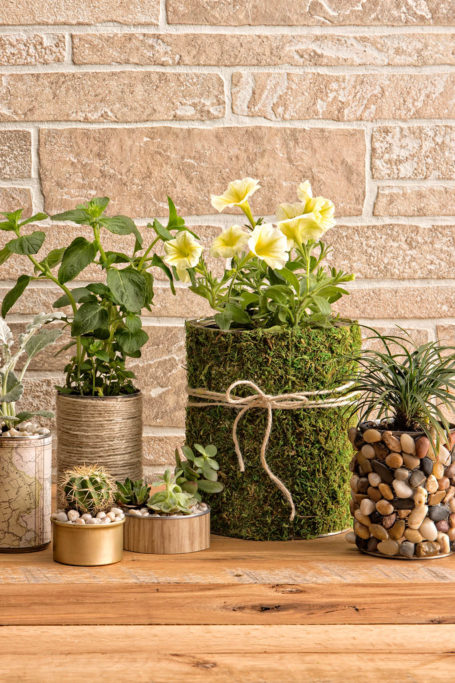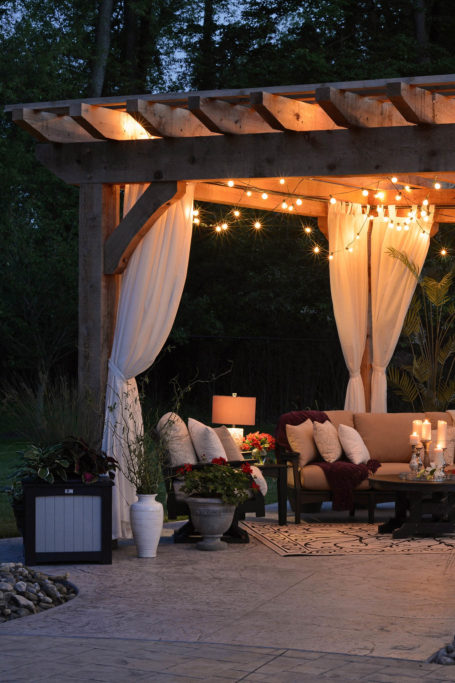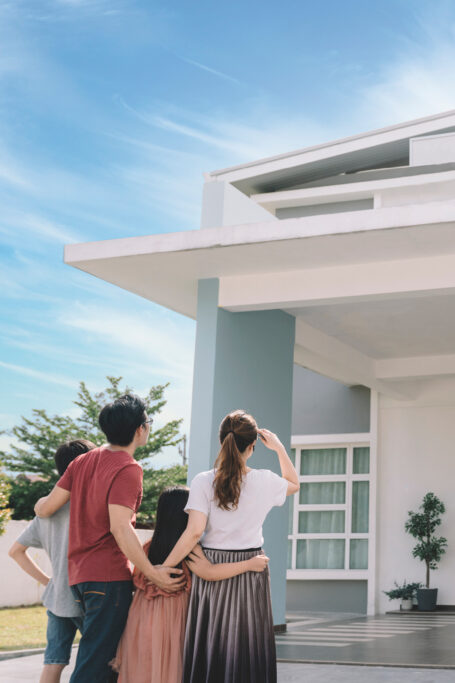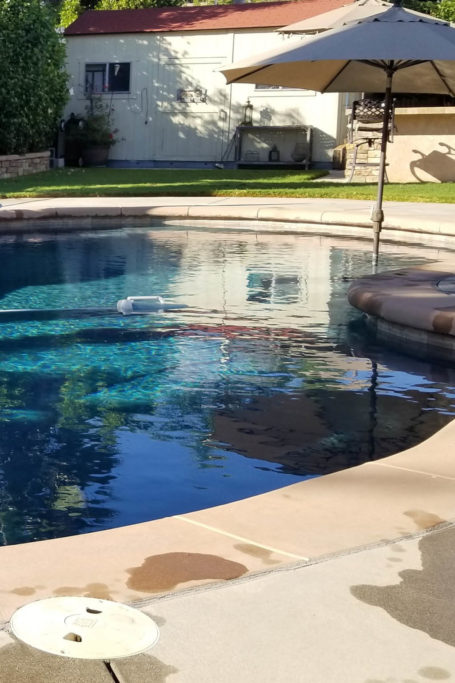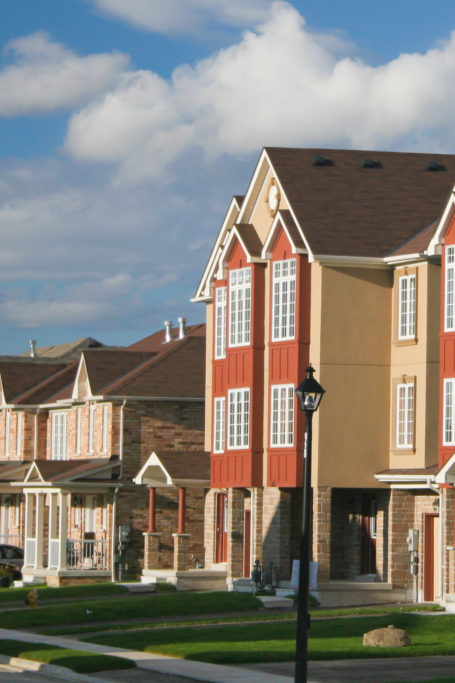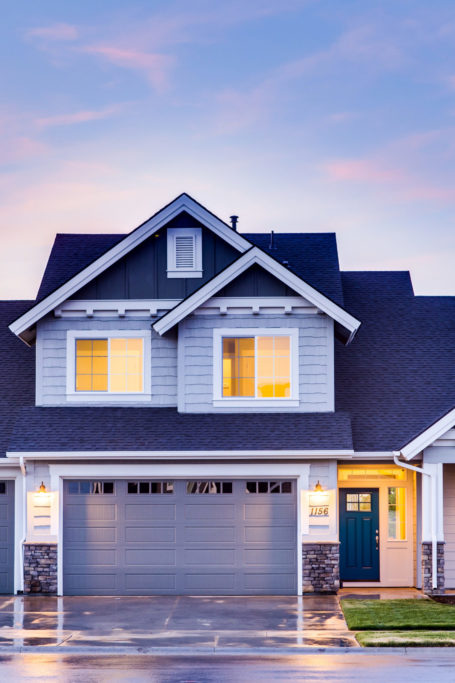Make Your Home More Functional
In an ideal world, your home would be completely clean and uncluttered and every space would serve a purpose. But if mail is covering your kitchen table or your closet is stuffed with items you don’t use, your home might not be as functional as it could be. Follow these suggestions so you can get the most enjoyment and use out of your living spaces.
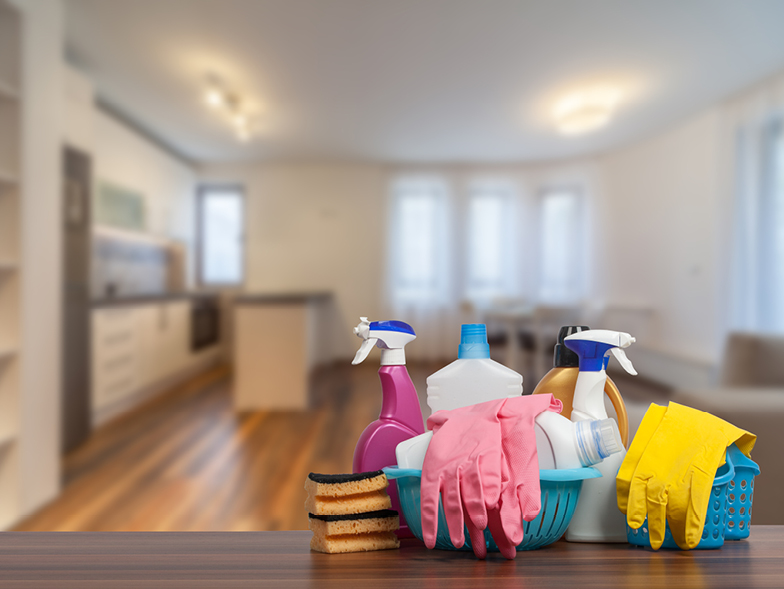
Clean frequently
A clean home is a functional home. To make cleaning easier, try sticking to a schedule. You can keep track of it on a whiteboard or notepad, or use an app such as Sweepy. Cleaning aids, such as robotic vacuums and mops, can lessen your workload, as can using your dishwasher to clean household items like vent covers, cooking range filters, and sink strainers. Clean frequently-used areas of your home more often. For example, if you wipe down your kitchen counters every evening, they’ll be ready for use the next day.
Clear clutter
Clutter can decrease your home’s functionality. Declutter your most used spaces, and don’t overstuff closets and drawers. It can be helpful to focus on one space at a time. Recycle junk mail and old magazines, repair or throw out broken objects, and donate clothing you don’t wear. Find a new home for items that don’t belong in a certain space. For example, pick up children’s toys in the kitchen, and move them to a game room or playroom, and transfer folded laundry from the sofa to dresser drawers.
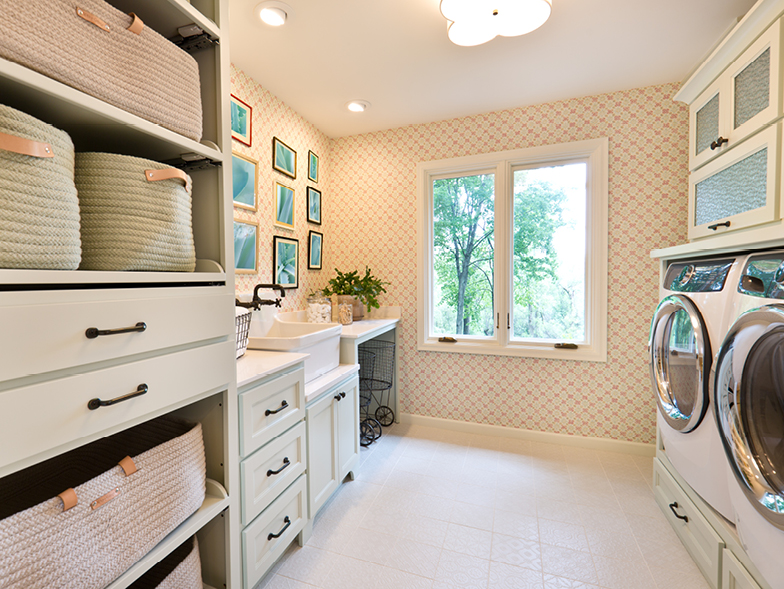
Find a place for everything
Ideally, every item in your home should have a spot that makes sense. You should store toiletries in a bathroom cabinet, put pots near the stove, and place your laundry detergent by the washing machine. You can create added space when needed by installing extra shelves in a closet or by using storage baskets for a decorative but practical solution.
Get functional furniture
You can increase the functionality of your home by adding furniture that serves more than one purpose. In your family room, for example, you could include a coffee table that has hidden storage to stow away items like your TV remote and blankets. A sofa with a pull-out bed and microfiber upholstery or a washable slipcover will be easy to clean and can accommodate guests.
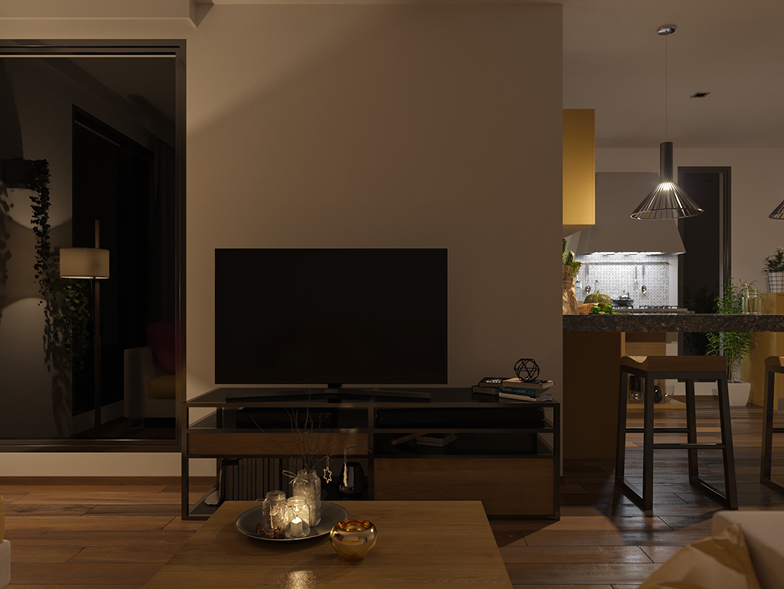
Illuminate your space
Strategically placed lighting, such as bedside lamps, motion-sensor lights in a stairway, task lighting over kitchen counters, and dimmable lights in a TV room, can make your home safer and easier to navigate. Layering different kinds of light can increase functionality and ambiance. You could combine ceiling lights for overall light, a table lamp for reading, and wall sconces for a soft glow in a bedroom. Don’t forget about window coverings too. Room-darkening curtains can block early morning light, while blinds will allow you to adjust the amount of natural light in a room and add privacy.
Leave a path
Your floors should be free of clutter and other objects. Area rugs and electrical cords are common trip hazards. Secure area rugs with gripper tape or rug pads, and keep electrical cords close to the wall—don’t run them across high traffic areas or underneath carpeting. Having uniform flooring throughout your home is the safest option. If you have various types of flooring, make sure the transitions are smooth. If your floors tend to get littered with toys or other odds and ends, keep a basket handy for containing them.
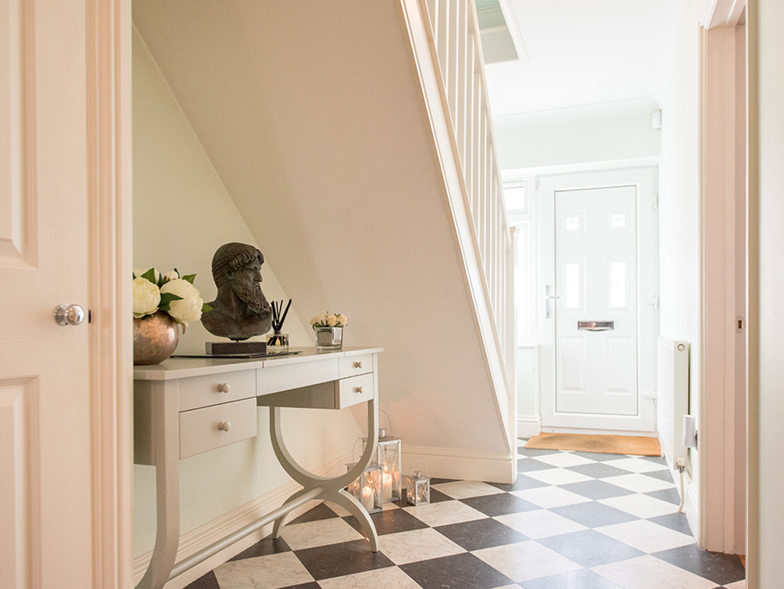
Make a welcoming entryway
It can be difficult to use your home’s foyer or mudroom effectively if objects are blocking walkways. Put a coat rack by your door and have a spot to store your footwear and keys, wallet or purse, and other items. Welcome mats placed both outside and inside your door can prevent dirt from being tracked in, while a bench will give you added storage space and a place to sit while putting on or removing shoes.
Store it away
Finally, storing items you don’t frequently use can make your home more functional and free up space. You could put serving plates for holidays and parties in harder-to-reach upper kitchen cabinets, for example, and off-season clothing in under-the-bed containers. You can also create extra storage in unexpected areas, such as by mounting baskets on a bathroom wall to contain towels or placing shelves above doorways to store things you use less often.
Whether your home is large or small, a few simple changes might be all you need to help it better serve your needs.

